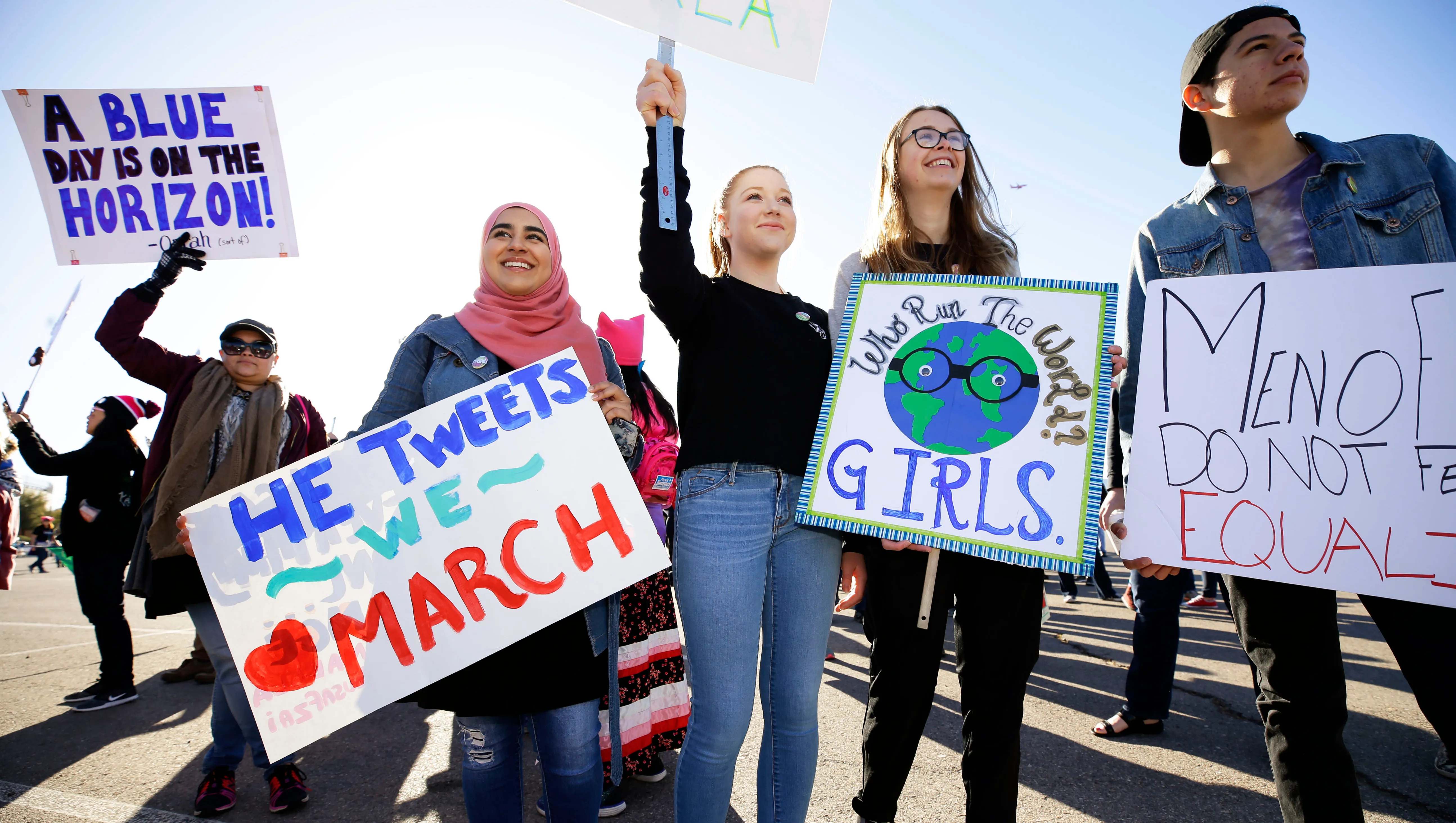The recent drop in British Columbia’s unemployment rate from 6.4% to 5.6% is a deceptive glimmer amid a workforce crisis. The reported decline is not a sign of economic recovery but rather a disturbing trend of 21,600 workers exiting the labor market, particularly among youth, as job opportunities dwindle.
B.C. Workforce Faces Grim Reality
Statistics Canada’s labor market survey for June reveals that while the unemployment rate has improved slightly, it primarily reflects the number of individuals who have given up on finding work. According to Jairo Yunis, director of policy for the Business Council of B.C., this decline is largely attributed to a staggering 18,500 young people, aged 18 to 24, ceasing their job searches in June alone.
Weak Private Sector Growth Exacerbates Job Losses
Despite a reported gain of 5,000 jobs in June, the private sector remains stagnant. B.C. saw crucial job losses in sectors such as manufacturing, transportation, and health care, with the latter losing 2,100 positions. The public sector, while seeing a growth of more than 20,000 jobs since the start of the year, pales in comparison to the mere 9,100 jobs added in the private sector, representing a dismal 0.5% growth. This blatant disparity raises critical questions about the sustainability of B.C."s economic model and the need for urgent reform.

Oct 7th, 2024: The Election and the Economy — Conversations ...
Youth Employment Crisis is a National Shame
B.C. stands out as the only province in Canada where youth employment has failed to rebound since the COVID-19 pandemic, as reported by Statistics Canada. The systemic barriers that have long plagued young workers are now exacerbated by a lack of job creation and insufficient support for those entering the labor market. With youth unemployment rates stagnant, what does this mean for the future of our economy and social structure?
Government Solutions Fall Short
Jobs Minister Diana Gibson points to the ongoing trade war with the U.S. as a significant factor affecting private sector job creation. She highlights government initiatives aimed at diversifying trade relationships and bolstering economic growth. However, with tariffs crippling industries and a continued reliance on traditional markets, the government’s approach appears reactive rather than proactive. The supposed optimism in sectors like tourism, while encouraging, cannot mask the deeper structural issues that plague the job market.

Women"s march 2018: "The real march is on Election Day"
Amplifying Marginalized Voices is Essential
The implications of this labor market crisis are profound, particularly for marginalized communities. The young workers who have exited the labor force are not merely statistics; they represent dreams deferred and potential wasted. Addressing their needs requires more than temporary fixes. It demands a comprehensive economic strategy that prioritizes equitable job creation and inclusive growth. Without these fundamental changes, we risk further entrenching inequality and stunting the economic potential of our youth.








![[Video] Trump clarifies warning on Venezuelan airspace, denies imminent airstrike](/_next/image?url=%2Fapi%2Fimage%2Fthumbnails%2Fthumbnail-1764541870318-vgpub6-thumbnail.jpg&w=3840&q=75)